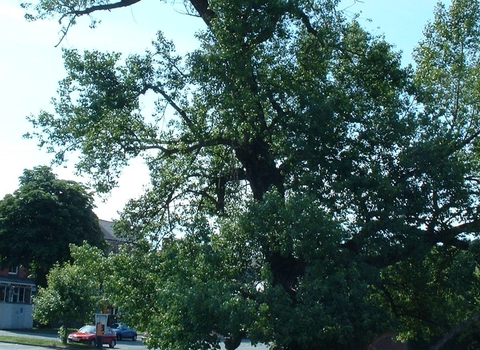
©Neil Wyatt
Black poplar
The black poplar is a large tree of floodplains, flooded gravel pits and ditches, particularly in England. Despite being an important part of our culture for centuries, it has declined massively.
Enw gwyddonol
Populus nigraPryd i'w gweld
January to DecemberSpecies information
Category
Ystadegau
Height: 20-25mOne of Britain's rarest trees.
